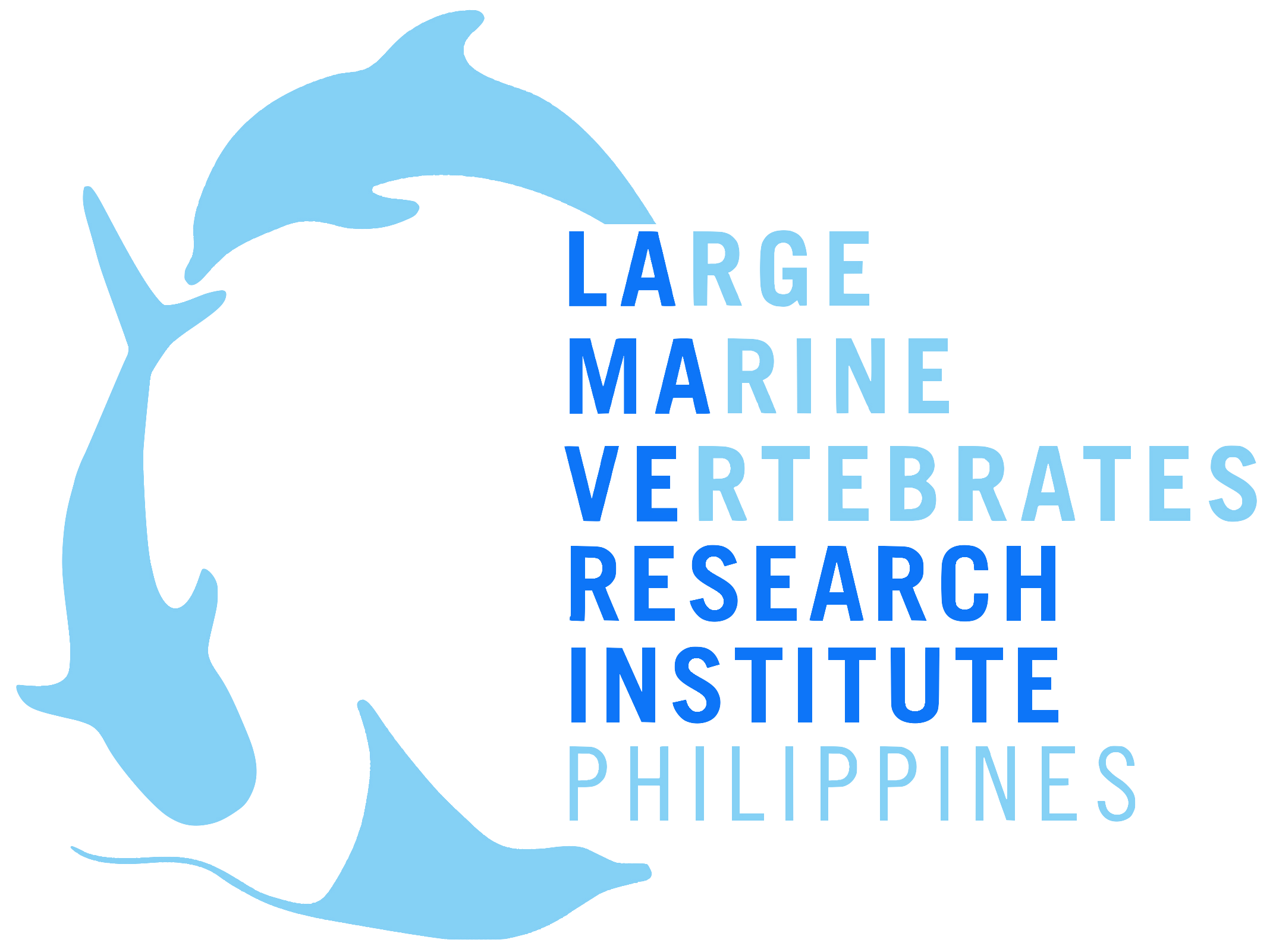STORY
Two Brothers, One Mission: Protecting Whale Sharks in Pintuyan, Southern Leyte
Interview by Al-rashid Ismael and words by Bianca Lerma
Ery and Raul Cordova, brothers who grew up along the coast of Pintuyan, Southern Leyte, have spent over a decade working with and protecting the whale sharks that frequent their local waters. Having spent their entire lives by the ocean—near one of the largest whale shark aggregation sites in the Philippines—the brothers grew up alongside the world's largest shark and found their passion for conservation, inspired by the awe-inspiring presence of these gentle giants. Raul, a whale shark tour guide and former spotter, and Ery, an active whale shark spotter with the organization KASAKA, have worked closely with LAMAVE since we first arrived in the area over a decade ago.
We recently sat down with them to reflect on over 10 years of work together and why protecting whale sharks is so important to them. This article is written based on an interview conducted in Bisaya and then translated into English by a member of the LAMAVE team. The words of Ery and Raul reflect the heart of grass-roots conservation— dedication, resilience, and hope for a sustainable future.
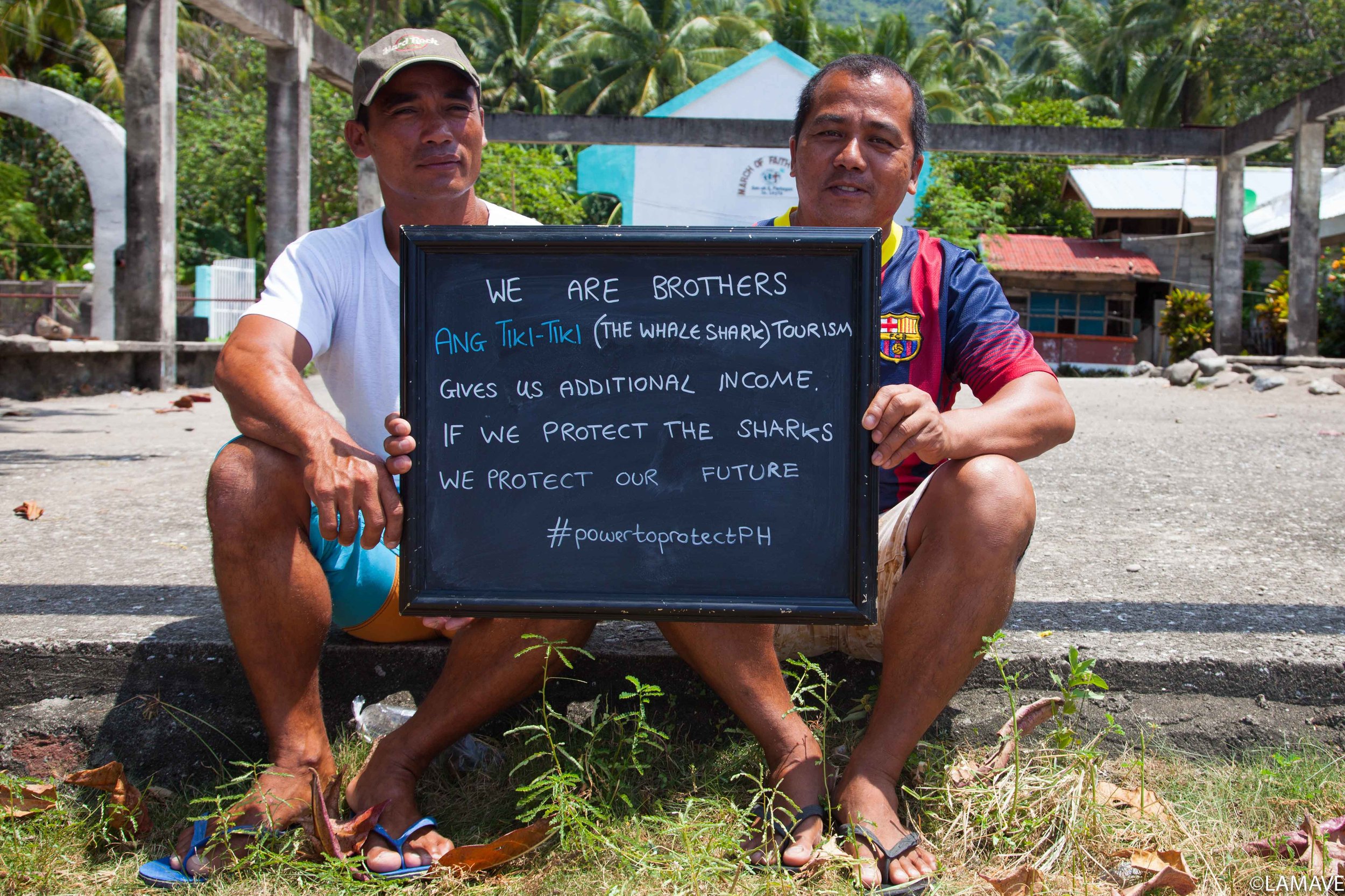
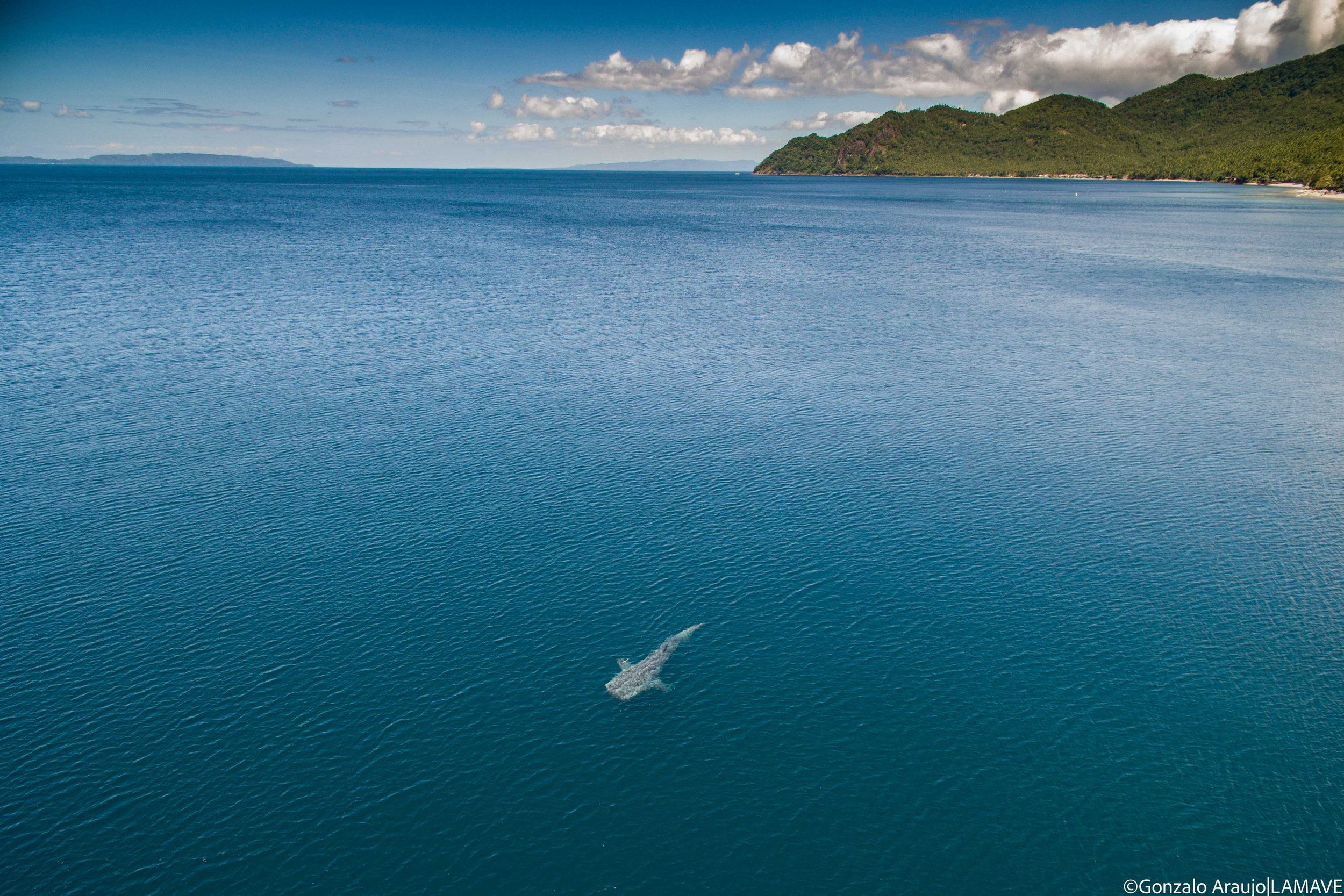
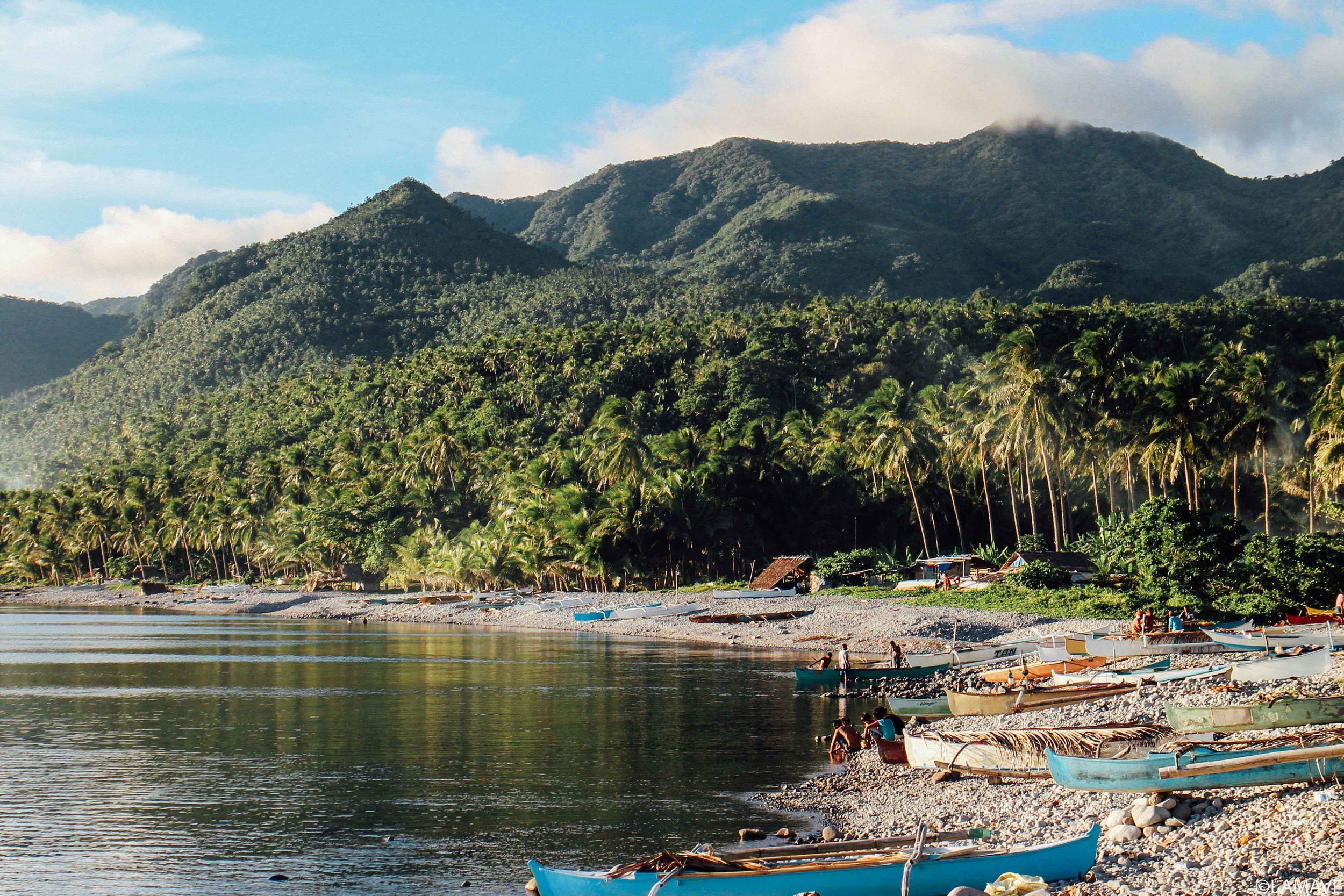

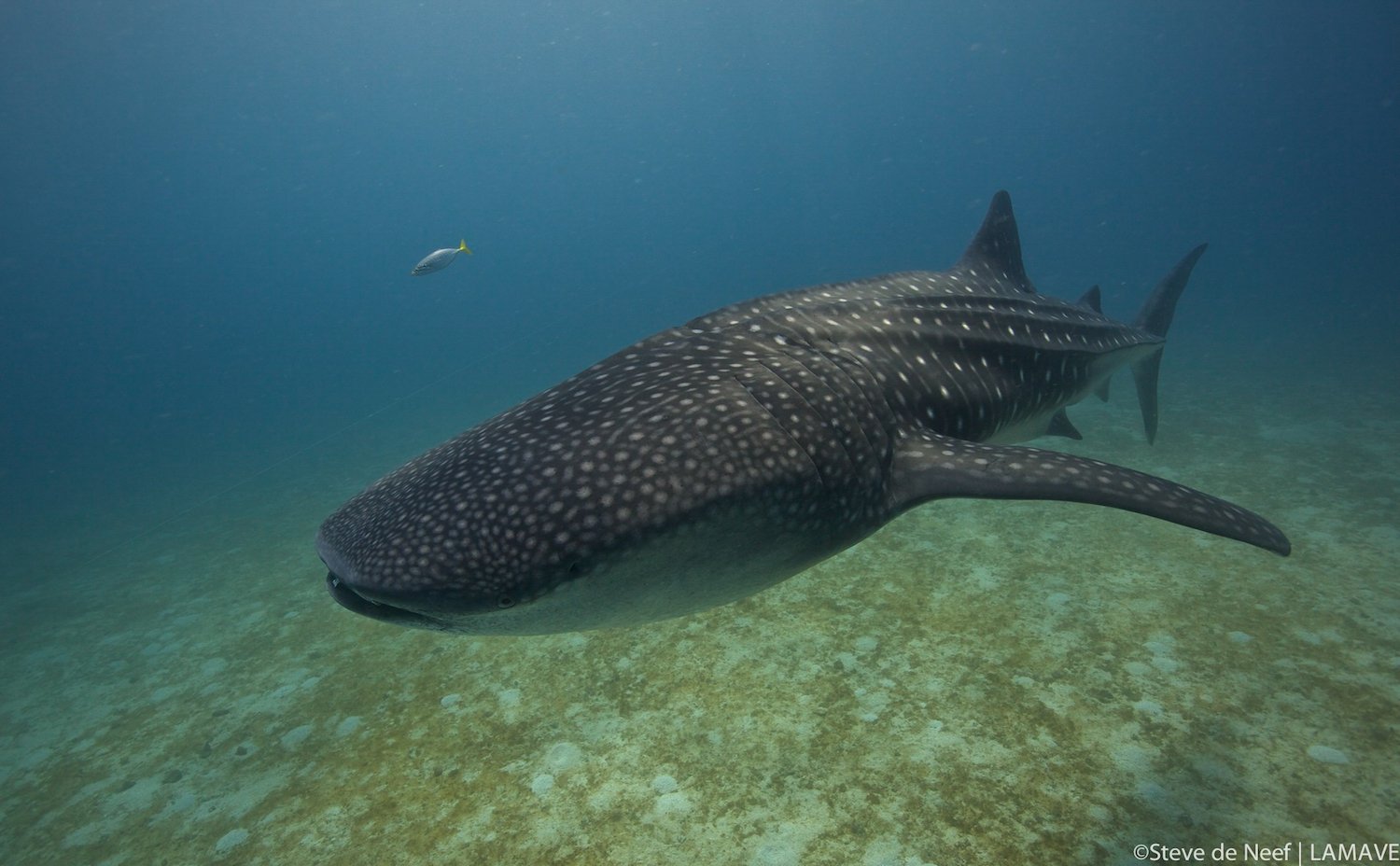
A Changing Ocean
“Sa batan-on pako, daghan kaayo ang magpakita diri—mga sobra napulo o bente magkaon. Karon, tagsa nalang mi makakita ug feeding, halos wa na gani……Sa akung naobserbahan, kinahanglan natu protektahan ang whale sharks kay murag nagka-menos na jud sila.” Ery recalls.
(Translation: When I was younger, there were a lot of whale sharks feeding here—sometimes over ten or twenty. Now, we rarely see them, and it’s becoming harder to spot even one feeding daily….Based on my observations, we really need to protect the whale sharks because their numbers are decreasing)
Ery’s reflection highlights a change he has perceived in whale shark activity around his home area. His observation serves as a powerful reminder of his commitment to protecting the species and aligns with global trends, reflecting widespread challenges. In 2016 the species was downgraded from Vulnerable to Endangered on the IUCN Red List of Endangered Species after a report concluded that whale shark populations had declined globally by more than 50% over the last 75 years. More recently (2021) the IUCN’s Green Status Assessment on whale sharks indicates that the species remains ‘Largely Depleted’ with a species recovery score of 29% and has a high recovery potential if protection initiatives are sustained.
Working Together
LAMAVE has collaborated with the Cordova brothers, fellow members of KASAKA, and the wider community since 2013 when our first research season was conducted in the area. The brothers have been involved since the beginning, and our team will never forget the first time they went out on a survey with them. When the first whale shark was spotted, the team eagerly entered the water to capture images for photo identification. Suddenly, from the depths below, a figure emerged—not another shark, but Ery— providing our first glimpse of this master free-diver in action. It quickly became evident that equipping the community with training in whale shark identification and underwater photography would significantly enhance the research process.
Raul reflects on the impact this had on their community's understanding and approach to whale shark protection. He states:
“Daku kaayo ug impact ang LAMAVE kay sila ang nagpahibalo unsaon pag-protektar ug pag-identify sa whale sharks, gamit ang ilang unique patterns pareha sa fingerprints sa tawo. Tungod nila, nasabtan namo unsa kaimportante ang mga whale sharks ug ang ilang presence diri.”
(Translation: LAMAVE has made a huge impact because they taught us how to protect and identify whale sharks using their unique patterns, which are like human fingerprints. Through them, we understood how important the whale sharks are and the significance of their presence here.)
Inspiration Through Conservation
For Ery, the process of identifying whale sharks is a vital contribution to conservation, especially as Pintuyan has recorded numerous sightings over the years.
“Nindut kay makatabang mi sa conservation. At least naa mi part, ug dili mi ma-left behind.”
(Translation: This is our way of contributing. It feels good knowing we’re doing our part, and it feels good to know that our work is making a difference.)
His favorite moments come when whale sharks feed and tourists marvel at their size and grace. Witnessing their joy reminds him why protecting these creatures is so important.
Raul takes a broader perspective, emphasizing the interconnectedness of environmental issues. Beyond whale shark protection, he highlights the need to address waste management and reduce ocean pollution.
“Kay kung atu nang pasagdan, kita ra pud ang maapektuhan sa human destruction, nga mao nay makadaut sa kalibutan.”
(Translation: If we neglect [our environment], we will suffer the consequences of human destruction), he warns.
Raul envisions advocacy programs and stronger local government action to prioritize conservation over economic gain.
Raul continues:
“Kuan pud sir, kanang kung walay bisita, daghan kaayo baruto muadto sa mga whale shark nga nag-feeding. Mao ni siya makadisturbo sa ilang pagkaon kay duol kaayo ang mga baruto.”
(Translation: Another issue is the disturbance caused by boats when there are no visitors. Many boats come too close to the whale sharks while they are feeding, which disrupts them. This happens a lot, and it’s a problem because it affects their behavior and survival.)
While Ery states:
“usa sa akong problema kay dapat adunay paagi aron mapugngan ang kadaut sa mga whale sharks. Daghan na ang samad sa ilang mga palad, bisan gamay ra sa pump boats, pero ang mas dako nga samad gikan sa mga barko. Sa among lugar, wala man kami dagko nga barko, pero naa gihapon injuries. Sa una, naay napatay nga whale shark tungod sa dako nga samad.”
(Translation:… one of my concerns is that there should be a way to prevent harm to the whale sharks. Many of them have wounds, mostly from small boats, but the bigger injuries are caused by ships. We don’t have large ships here, but injuries still occur. Previously, a whale shark died due to a large wound.)
Over the years, the LAMAVE team has encountered many whale sharks with propeller cuts in various locations in the Philippines - both fresh and already healing. Propeller guards, slow speed zones, and following national marine wildlife tourism guidelines in whale shark interaction zones are essential to reduce and prevent these injuries in the Philippines. Globally the threat of vessel collisions and ship strikes wounding, and even killing whale sharks is being investigated.
A Decade of Collaboration
The Cordova brothers’ journey exemplifies the importance of community-driven conservation and fostering a shared mission to protect whale sharks and the oceans they call home. As Raul states,
“Mao na kita ra pud ang muprotektar sa atung kalikupan para sa mas nindut nga future,” he states.
(Translation: It’s up to us to take responsibility and protect our environment so future generations can enjoy it).
As of today over 350 individual whale sharks have been identified in the waters surrounding Panaon Island in Southern Leyte—many of which have been identified and re-sighted by the community even outside of the research season, proving an additional value of working together. At the end of the day, it is the people living alongside marine megafauna that have one of the greatest powers to protect these animals, and working alongside them will always be a joy and a privilege. Many of our team and volunteers have incredibly fond memories of their time in Pintuyan that will remain a positive influence in our continued journey to protect the tiki-tiki (the local name for whale shark in So. Leyte).
Why Your Support Matters
Our work is not possible without the support and collaboration of local communities. Without their knowledge, dedication, and partnership, our efforts to protect marine ecosystems and wildlife would not be as impactful. Donations are vital in sustaining the research and conservation activities that drive this mission. They allow us to continue monitoring and studying marine species, provide training and resources to local stakeholders, and develop initiatives that empower communities to lead in sustainable practices.
Your contributions not only protect marine wildlife but also create opportunities for locals to become champions of conservation, ensuring that these ecosystems thrive for generations to come. Donate now.
